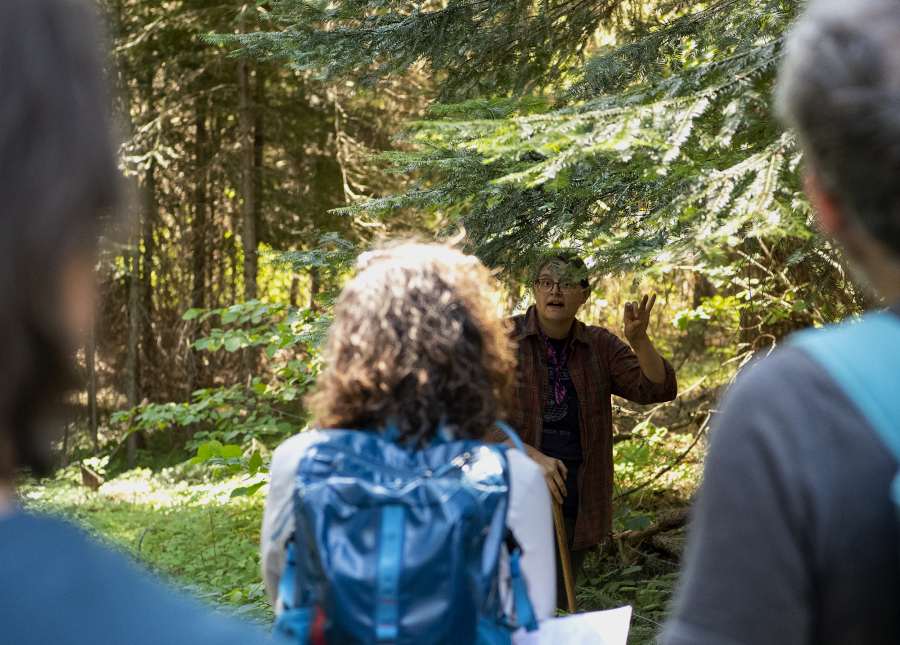GIFFORD PINCHOT NATIONAL FOREST — To find the tallest trees, you’ve got to look up.
Eyeballs are the only way to identify rare, towering ponderosa pines amid the profusion of neighboring trees in these crowded woods. In mid-July, a group of hardy volunteers kept peering up at the skyline and then down at their boots while plunging off trails and into the thickest depths of the forest.




